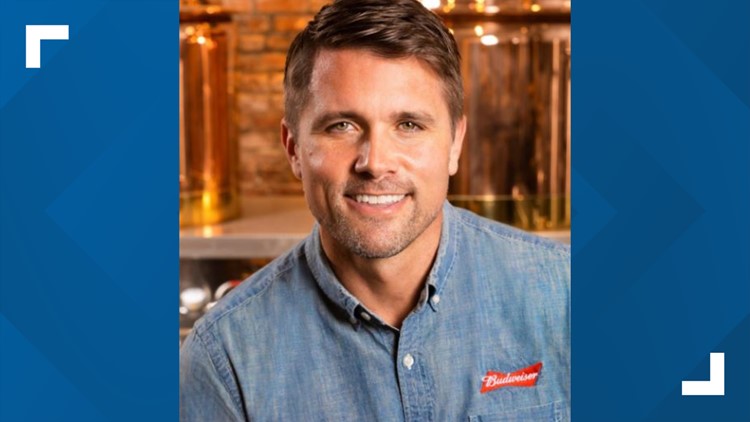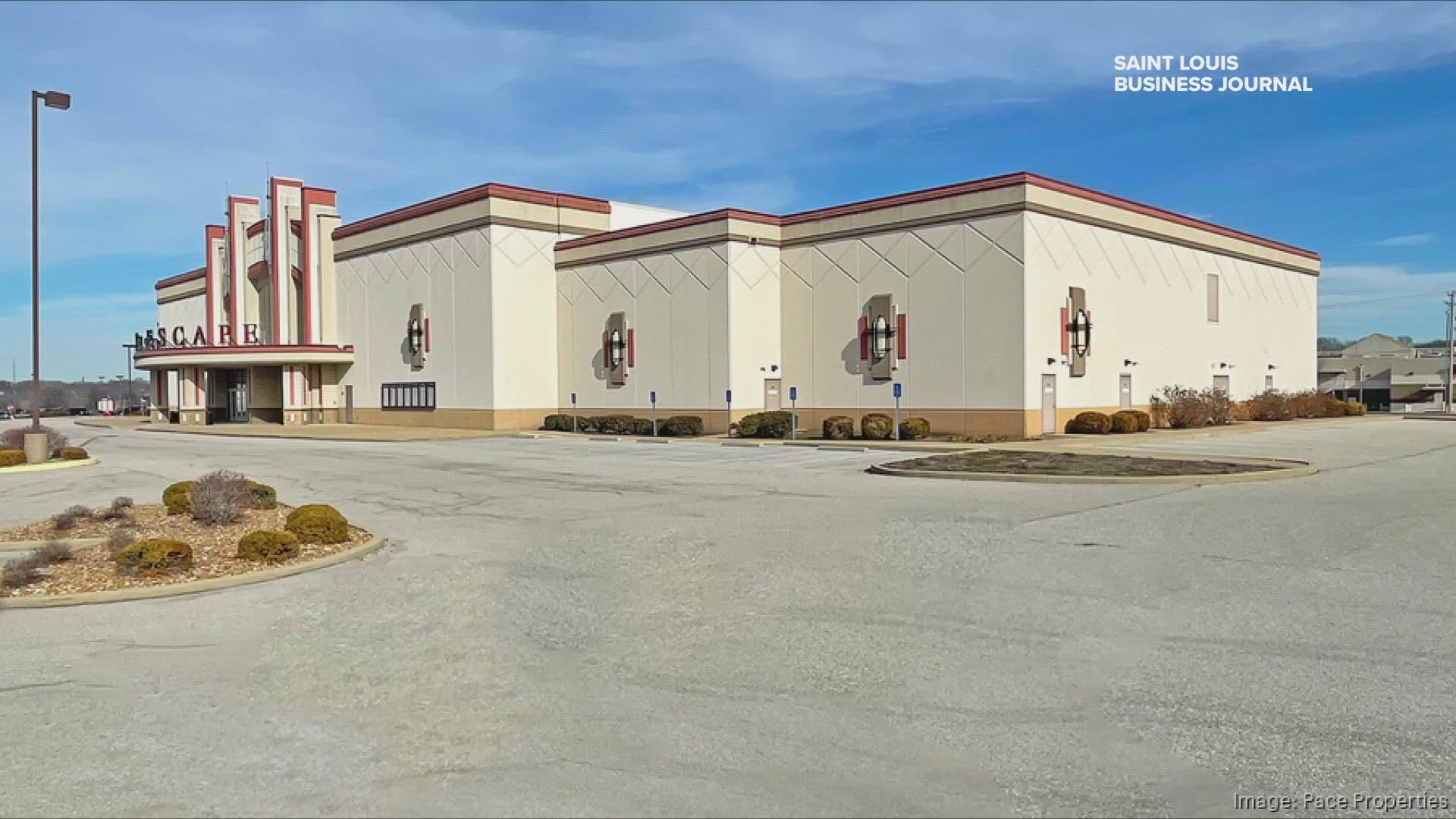ST. LOUIS — With his background as a former Marine and Central Intelligence Agency officer, Brendan Whitworth says his love for the United States is "pretty obvious." That passion dovetails with his beer of choice.
"It's hard to find a few things that are as closely attached to the United States of America than Anheuser-Busch. That passion for the country just naturally connected to a passion for Anheuser-Busch and I grew up drinking Budweiser. I would bring Budweiser to college parties, and not even really care what was in the keg," Whitworth said.
Today, Whitworth is president of Anheuser-Busch InBev's North America zone and CEO of Anheuser-Busch. He took on those roles on July 1, succeeding Michel Doukeris, who is now CEO of A-B InBev. A-B InBev's North American base is in the Soulard neighborhood of St. Louis city. A-B had 2020 revenue of nearly $47 billion. Whitworth operates out of New York, but said he travels on a frequent basis to St. Louis.
Whitworth joined A-B in 2013 and had been its U.S. chief sales officer since 2017. Whitworth formerly was a first lieutenant with U.S. Marine Corps and Central Intelligence Agency operations officer. He holds an MBA from Harvard University and worked at PepsiCo Frito-Lay before joining A-B. In his new roles, Whitworth said he will continue to implement and accelerate A-B's ongoing commercial strategy, which has included innovation and the introduction of new brands to its product line.
The Business Journal on Monday caught up with Whitworth to discuss his new role and vision for Anheuser-Busch. The conversation has been edited for length and clarity.
Where is the business today? We started a transformation as a company at the end of 2017 and the beginning of 2018. We’ve spent a lot of time putting together the strategy, putting together the capabilities, putting together the structures in order to be able to support where we want it to go. We've made a lot of progress over the last four years. If you look at the overall industry, it weathered Covid reasonably well, but that's not consistent for every channel. The on-premise channel of business just really suffered. As a company, we tried to support it how we can, with direct donations and partnerships with the National Restaurant Association to help bring that channel back. That's vital to our brands and vital to the overall consumer experience. That's still coming back and we're still continuing to support it. At a more macro level, we've put a lot of new capabilities and structure in place in order to support our strategy. Right now, we're at the time where we can accelerate the momentum that we've been able to get over the last four years. That’s where our focus is as we finish 2021, step into 2022, and even beyond.
What have been your priorities as you’ve taken on this role? What is great about this transition is continuity. Having had the opportunity to participate in the strategy development, participate in the establishment of what our priorities are, what our company strategy is, being able to pick that up just in a different way is great from a continuity standpoint and that's where we can get into the acceleration. I think for me individually, I spent a lot of time with the sales agenda and with the commercial agenda. Internally where I'm focused is expanding my ability to learn and then also support other areas of the business that are so critical, everything from supply logistics, procurement — everything — and find out where I can, where I can bring the most value in the broader organization while still continuing to be very connected to the commercial agenda.
Are there specific areas within the business you are targeting for growth and innovation? There’s a couple of different ways we look at innovation. There's “how” and then there's the “what.” “What” is really about how we are looking across our entire portfolio. There's elements of that we call “premiumization,” having more premium brands as part of our overall portfolio, and over the last four to five years, we've doubled the percentage of our business that we call “above core.” Part of that, as well, is looking at what we call adjacencies — things that have some beer characteristics, but could look a little bit different, like seltzers. That’s been a big add to our overall portfolio, but there’s still tons of head space inside of seltzers. Also ready-to-drink cocktails. We have one of the leading ready-to-drink cocktails brands in Cutwater Spirits.
Click here for the full story.



